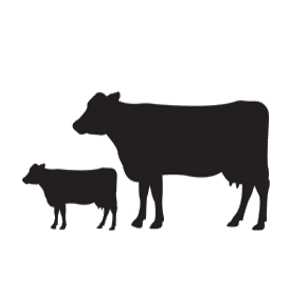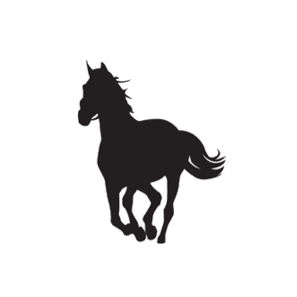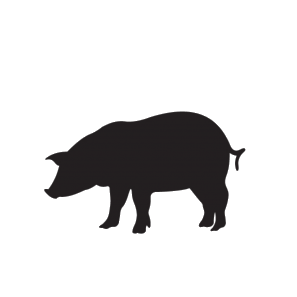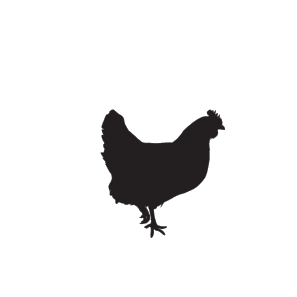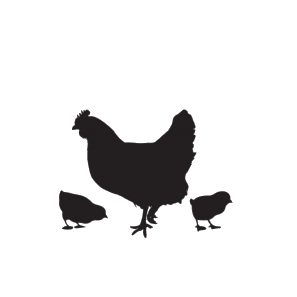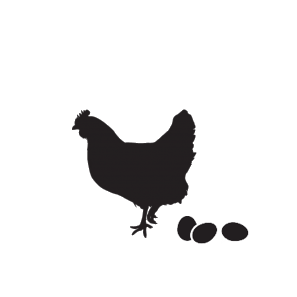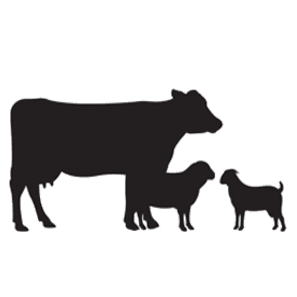Introduction
Dr Vlok Ferreira, National Technical Manager – Ruminants, of RCL Foods, Molatek and Epol, attended the Agri-Expo on Friday the 12th of October to present a talk on “Factors that influence cow productivity”. He discussed the importance of understanding cow productivity; highlighting that productivity in beef cattle can be measured as kg per calf weaned, per livestock unit mated (KgC/LSU). Dr Ferreira also noted that implementing an effective replacement heifer program may be a big challenge for beef cattle farmers, and is a challenge that needs to be addressed.
The topics that were covered include
- Heritable traits that can influence cow productivity
- How improving cow productivity reduces environmental impact
- How the age of cows influences productivity
- Effect of body weight and body condition on conception rate
The Heritable traits that can influence cow productivity
- Weaning weight of the calf
- Feed requirements of the cow-calf combination (per LSU- Livestock Unit)
- The rate at which calves are born (indicated by means of inter-calving period – ICP)
- How to Calculate Calving percentage and Cow Productivity:
Calf % = 100 – ((Inter-calf Period – 365 days)/365 X 100)
Example
Inter-calf period: 420 days
Calf % = 100 – ((410 – 365)/365 X 100)
= 84.9%
Cow productivity = (Weaning % X weaning weight at 205 days)/LSU [we assume that the calving percentage is equal to the weaning percentage]
Example
Weaning weight at 205 days: 210 kg
Cow productivity = 0.849 X 210/1.45 LSU
=123 kg
Easing the shock of weaning
Removing the calf from its mother is a necessary procedure, but also one that unfortunately lowers the productivity of the calf. For the first 14 days after weaning, the calf will likely experience a drop in body weight due to stress and lack of eating, if the weaning process is not properly managed.
For this reason, Dr Vlok Ferreira suggests the use of a creep feed, to ease the weaning shock. Creep feed is a way of introducing feed to the calf whilst it is still suckling. Getting used to solid feed before being weaned is one way to ensure that body weight is maintained during the weaning process, as the calf will already be used to eating feed.
You can find the Epol Calf Starter creep feed product here, and the Molatek Creep Feed product here.
Conclusion
- The environmental impact of producing beef cattle can be decreased
- The results emphasise the importance of focusing on
- Fertility
- Identifying the reasons for low calving percentage, such as age at first calving; body condition score (BCS) and lick supplementation practices
For more information visit our Epol or Molatek websites or contact Dr Vlok Ferreira at Vlok.Ferreira@rclfoods.com
Read part 2 (How improving cow productivity reduces environmental impact) here.




